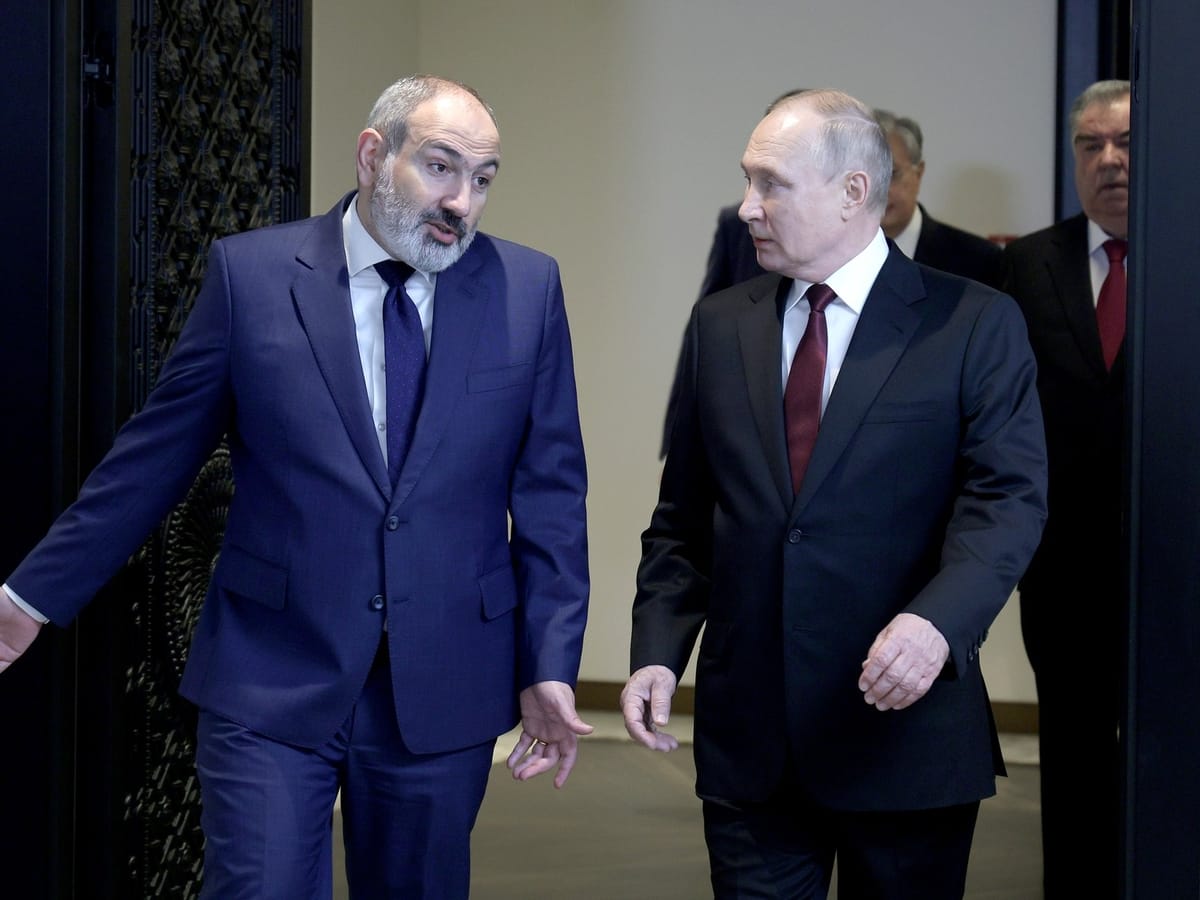Armenia Leaves Russia's Security Alliance

In 2002, Russia established a regional military alliance, the Collective Security Treaty Organization (CSTO). The alliance included Armenia, Belarus, Kazakhstan, Kyrgyzstan, and Tajikistan. Uzbekistan was also a member but suspended its involvement in the organization in 2012. The CSTO, made up of former Soviet republics, was essentially Russia’s attempt to counterbalance NATO with a post-Cold War military bloc of its own.
Similarly to NATO, a key aspect of the CSTO is a mutual defense clause. The organization is also supposed to hold joint military drills between its members - although that didn’t always happen. And last but not least, the CSTO has mechanisms and frameworks to send peacekeeping forces to member states in significant distress.
By creating this military pact, Moscow had a number of goals in mind. Firstly, the CSTO allowed Russia to expand its influence over its direct and indirect neighbors - as well as preventing them from pivoting towards the West. Secondly, Russia did not want any instability near its borders. The Kremlin was more specifically concerned about Western-backed coups or insurgencies in these countries. Thirdly, by having these countries join a military alliance controlled by Moscow, Russia was essentially forcing the member states of the organization to use Russian military equipment almost exclusively. This situation was not only creating revenue streams for Russian weapons manufacturers, but also increased the dependency of these countries on Russia.
Earlier this week, Armenia formally announced that it was leaving the CSTO. The move was not necessarily surprising given that relations between Russia and Armenia had significantly deteriorated over the last years. That being said, Armenia withdrawing from Russia’s security alliance is most likely the beginning of a new era of Caucasian geopolitics.
Why did Armenia leave the CSTO? And, what are the broader implications of this move?
Subscribe to Geopolitics Insider to continue reading.
One month free, and then $1.75 per week to get unlimited access to the entire library of articles and two weekly deep-dives sent directly to your inbox. Cancel anytime.
Continue Reading